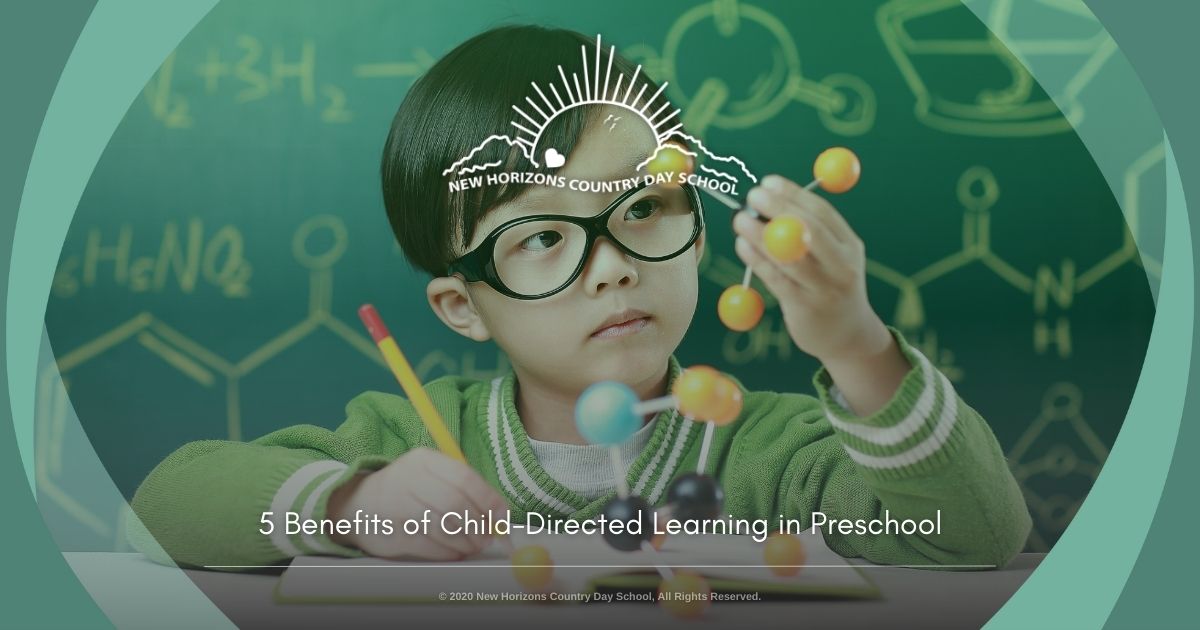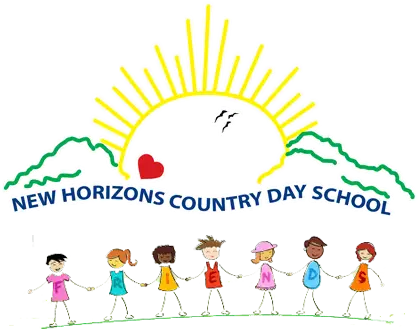
For many years, experts in education and child development believed that children learn best through memorization. The teacher would stand in front of the children and teach, and the children would sit quietly and absorb information.
As time has passed, we’ve discovered more about how children learn. Educators and child development experts now understand more about how children learn. Research shows that young children understand and remember more when they are active in their education.
The idea that children should be active in their education is relatively new. In recent decades, educators have started accepting that children should lead their education. Many early childhood education programs use child-directed learning on a daily basis.
But what is child-directed learning–and can it help children meet their learning goals? This article will explore some of the benefits of self-directed learning.
Reach out to the New Horizons Private School team now to learn more about our programs. You may also ask questions or schedule a tour of our learning environment. We look forward to meeting you and your family.
What is Child-Directed Learning?
Child-directed learning means that a child chooses their own activities. There are no time limits. Children may spend as much or as little time in an activity as they like.
Child-directed learning can happen in a preschool setting. In child-led preschool environments, children can choose from a wide variety of engaging materials and activities. They may play with something for a long time or bounce from one activity to the next as they please.
The central idea of child-directed education is that children have richer learning experiences when they can choose what they’re learning about. When young children have unlimited time and access to enriching materials, they will learn what they need to at that moment.
Some examples of child-directed learning in a preschool setting include:
- Children building with blocks with no guidance or direction from a teacher
- A teacher facilitates an activity about baby animals after children expressed interest in the topic
- Allowing children to create art without a “product” in mind
Self-directed learning respects a child’s learning process. It allows children to learn at their own pace and in their own way.
4 Benefits of Child-Directed Learning
If the idea of child-directed learning is new to you, you may wonder how or if it works well for young children. Research has shown that children who engage in self-directed learning in preschool benefit from this kind of education.
Here are four of the most significant benefits of child-directed learning.
1. Better social skills
In a “traditional” classroom, children may sit and listen for longer periods. They may not have many chances to interact with each other.
Child-directed learning encourages children to interact with one another. They must take turns with toys, ask for what they need, and work together with their peers.
These social skills can help children feel more capable and confident. They also develop a good foundation of social skills that can help them in kindergarten and throughout elementary school.
2. Self-confidence
In a traditional classroom, children may be “corrected” for giving the wrong answer to a question. This can discourage children from sharing their thoughts.
Child-directed learning encourages children to try new things and express themselves. Educators allow children to do things their own way without judgment or correction. Teachers answer questions and build on children’s ideas. However, they do not force kids to do tasks in a specific way.
As a result, children in child-directed learning programs recognize their own self-worth and build a belief that they can do challenging things.
3. Independence
It may seem counterintuitive, but children learn tasks more quickly when parents and educators allow them to work on them independently. Child-directed learning environments often provide materials people use in the “real world.” This may include:
- Locks and keys
- Buttons, zippers, and shoelaces
- Door handles
- Simple tools
- Building materials
- Scissors
- Writing materials
- Counting and sorting materials
Children can interact with these items and figure out how to use them in their own time. Instead of making children practice these skills, teachers allow children to learn independently. Kids learn that they are capable of learning on their own. They develop more resilience and independence.
4. Love of learning
A child’s first impression of school matters. If they feel bored, frustrated, or even ashamed at school, they may develop negative feelings about formal education in general.
When parents and teachers let children guide their own education, children develop a love of learning. Instead of thinking about school as something they have to do, kids get excited about learning.
Self-directed learning can be beneficial to children of all ages. It is especially important in the preschool years. Reach out to the New Horizons educators now to learn more about our child-led approach to preschool. You may also schedule a site visit or ask questions.




